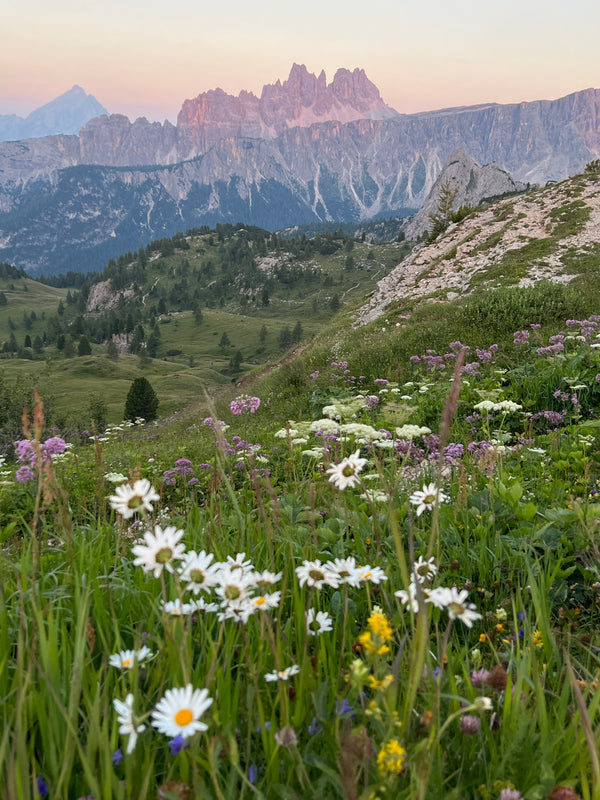Hiking the Dolomites
Sep 01, 2022
The Dolomites are a mountain range located in northeastern Italy, known for their stunning natural beauty and variety of outdoor recreational activities. During World War II, the Dolomites were the site of intense fighting between Italian and German forces. The Italian army had fortified the region, constructing a network of bunkers, tunnels, and other defensive structures. The fighting in the Dolomites was particularly brutal, as the steep, rocky terrain made it difficult for either side to gain a significant advantage. Despite the Italian defenses, the Germans were eventually able to take control of the region, and it remained under their control until the end of the war. Today, the mountains are a hiker’s paradise with a wide variety of hiking trails, from easy walks to challenging multi-day treks.
We trekked for eight days in July across rugged terrain with stunning views. There were high temperatures and drought conditions, which is why we would recommend trekking in Spring or early Summer. Here are a few highlights and tips:
- Scenic vistas: The Dolomites offer breathtaking views of the surrounding landscape, with peaks reaching up to almost 3,000 meters. On a clear day, you can see for miles in all directions, taking in the beauty of the mountain ranges, forests, and valleys below. Some of our favorites included Tre Cime, Cinque Torre, and our trek up to Rifugio Lagazuoi.
- Unique rock formations: The Dolomites are famous for their unique rock formations, which are made of dolomite, a type of sedimentary rock. These rock formations are a beautiful sight to behold, with their jagged peaks and rugged cliffs.
- Well-marked trails: The Dolomites have a well-developed network of hiking trails, with routes ranging from easy walks to challenging treks. The trails are generally well-marked, making it easy to find your way and enjoy the scenery. It’s possible to hire a guide or arrange your trek in a self-guided way with maps and a guidebook.
- Refugios: Along the trails, you will find a number of refugios, or mountain huts, where you can rest, grab a bite to eat, and even spend the night if you are doing a multi-day hike. These huts offer a welcoming respite from the elements and are a great place to meet fellow hikers.
- Pack appropriate gear: Make sure you have the necessary clothing and equipment for your hike, including sturdy hiking boots, a rain jacket, and plenty of water and snacks.
- Check the weather forecast: The weather in the Dolomites can change quickly, so make sure to check the forecast before your hike and pack accordingly.
- Stay safe: Be aware of your surroundings and follow safety guidelines, such as staying on marked trails and avoiding risky activities. The Via Ferrata routes are sometimes not marked clearly and they should be avoided unless you have appropriate climbing gear.
- Cultural experiences: The Dolomites are home to a number of small villages and towns, each with their own unique culture and history. Hiking through these areas gives you the opportunity to learn about the region and its people, and perhaps even try some of the local cuisine.



